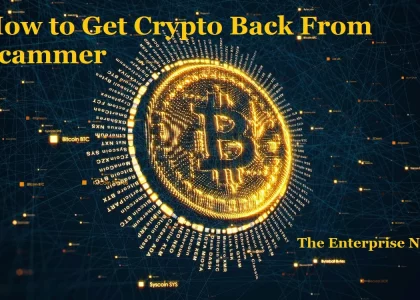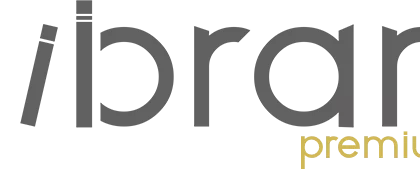Filling out a money order is a simple process, but it’s critical to get it correctly the first time. These paper forms, when correctly filled out, allow you to securely transmit or receive payments as an alternative to cash, checks, or credit cards. “Think of a money order as a pre-paid cheque,” Western Union advises.
How to Fill out a money order? or
Here’s everything you need to know about buying and filling out a money order appropriately.
To write a money order, you’ll need the following items.
The procedures for filling out a money order differ depending on the organization, whether it’s Western Union or the USPS. Money orders from different institutions may look slightly different. However, you’ll need the following information in most cases:
- Payee’s name (i.e. the person to whom the money will be paid)
- The address of the payee
- Amount of payment
- Your full name and mailing address
- What is the purpose of the payment and/or the billing account number
To purchase the money order, you’ll also need a method of payment (cash, check, debit card). Some issuers also restrict your payment options. You won’t be able to buy a money order with a credit card, for example.
Filling up/ Fill out a money order: a step-by-step guide
After you’ve purchased your money order, carefully fill it out to ensure that it will be delivered to the correct person and that he or she will be able to cash it. The steps to filling it out are as follows:
1: Fill in the recipient’s name.
In the “pay to” or “pay to the order of” area, write the name of the money order’s recipient. This could be a person’s name or a company’s name. Make sure you spell everything correctly and that your writing is readable and written in ink.
It’s critical to complete this portion as soon as you buy the money order because you’ll be the only one who can cash or deposit it. (If you lose or misplace a money order before writing in the payee’s name, anyone can cash it.)
Fill in your name in the “from,” “purchaser,” or “sender” fields if you are given the option.
2: Fill in the purchaser box with your address.
Where the money order requests the purchaser’s address, fill in your address. There may be a second address field where you can enter the address of the person or company to whom you are paying or transferring money.
3: In the memo field, write the account or order number.
A memo line allows you to write down the purpose of the money orders. You can, for example, declare that it is to be used to purchase a specific item or to pay off a specific debt. This is where you should add the payee’s account or order number if you have one. This field could also be labeled “account number” or “payment for.”
4: In the “purchaser’s signature” box, sign your name.
Sign on the front in the section designated for your signature. “Purchaser’s signature,” “Purchaser,” “From,” “Signer,” or “Drawer” could be the title of this section. The back of the money order should not be signed. This is when the person or company you’re paying endorses before cashing it.
Read More: Facebook Contest
5: Please keep your receipt.
Keep your receipt because it has a tracking number on it. This number can tell you if your money order was cashed by the correct individual. You can also use the tracking number to help you replace it if it is lost or stolen. It’s possible that replacing money orders will incur a processing cost.
If your plans change, you can use your receipt to cancel the money order.
How can I get a money orders?
Banks and credit unions, check-cashing businesses, the US Postal Service, many grocery stores, and certain big-box stores all sell money orders. The money order can be purchased with cash or a debit card.
However, you should avoid purchasing a money order using your credit card because your credit card company may consider it a cash advance. Cash advances might come with hefty fees and a higher-than-normal interest rate until the sum is paid off. Some issuers will also refuse to take credit cards as payment.
You may be limited in the amount of money you can buy using a Money order. If you’re shipping money orders within the United States, the USPS, for example, permits you to buy up to $1,000 in money orders. In addition to the money order’s cost, you’ll usually have to pay a fee of $1 to $10.
Where can you get a money order?
Walmart is one of the cheapest places to get a order. Walmart currently imposes a maximum fee of 88 cents. While many retailers limit money orders to $1,000, Walmart will let you send orders for more than that if you show a government-issued ID.
You can also purchase money orders from the US Postal Service. Money orders under $500 cost $1.25, and money orders between $500.01 and $1,000 cost $1.75. Military money orders (issued by military facilities) of any size are charged $0.45 by the USPS.
In conclusion
Money orders are a convenient way to transfer and receive cash. They are a widely accepted method of payment that never expires and can often be replaced if lost or stolen. Money orders, unlike checks, are prepaid and will not bounce, making them a safe way to make purchases, settle debts, and send money over the mail.
Understanding the ins and outs of how to obtain and use money orders is essential.









